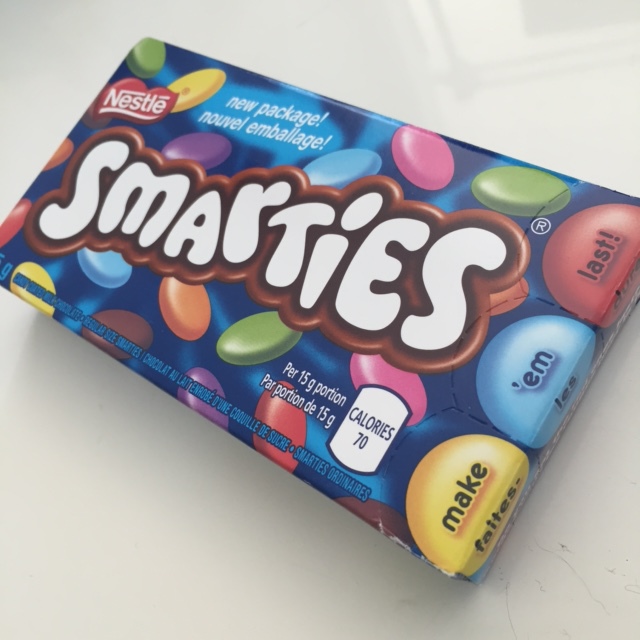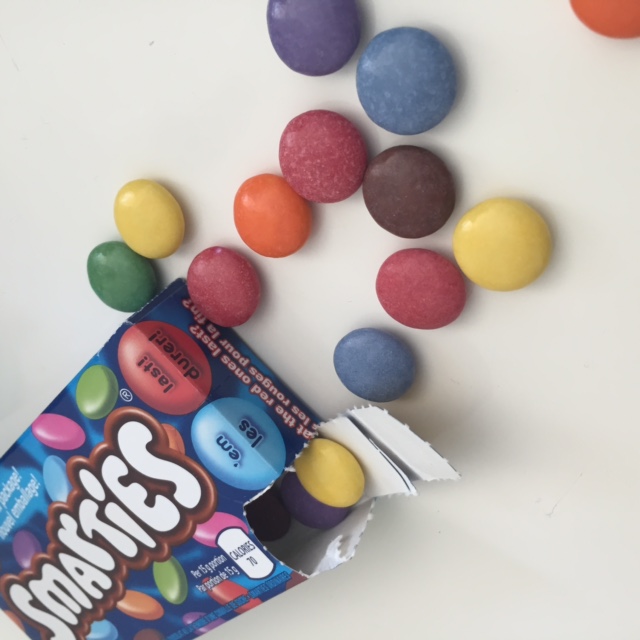Healthy Swellness: Nestlé’s commitment to helping Canadians eat healthier
I’ve had the opportunity to go behind the scenes at a pasta factory and a cheese factor–both in Italy–an ice cream factory in Texas, and most recently, I visited Nestlé Canada’s test kitchen in Toronto, where I learned how the company is focused on improving the health of Canadians.
“In 2012 we made a commitment that by the end of 2014, if we had children’s products that no longer met, or that couldn’t be made to meet, our Nutrition Foundation criteria, which are based on guidance set out by the World Health Organization and the Institute of Medicine, we would no longer sell them,” explains Kate Cole, a Registered Dietitian and Manager, Nutrition Health & Wellness for Nestlé Canada.
This initiative has impacted 33 products–including top-sellers Smarties, Nesquik,and Nestlé Ice Creams–that needed to be reformulated, re-proportioned, or discontinued. Thirty-three products; that’s no small challenge. Take for example Smarties, which originally came in a 50 gram package containing 33 grams of sugar. To meet Nestlé’s new commitment, sugar had to be slashed to 11 grams per serving. The answer? Portion control.
“The new packaging comes with three separate portion-controlled sections that contain 15 Smarties in each with a total of 11 grams of sugar,” explains Cole. “This way kids (and moms) can enjoy in smaller amounts.” (If you’re wondering about the candy’s colouring, the company took out artificial colouring in Smarties in 2009, which is why you may have noticed the hues are more muted than before.) But what didn’t make the cut? The Smarties King Bar. Even though it made the company money, Nestlé Canada discontinued the product.
Nesquik , which comes in either a powder or a liquid formulation, was another product they had to tweak to have it meet the Nutrition Foundation criteria. While there was already an Original and a 1/3 Less Sugar version of Nesquik on the market, both needed a sugar overhaul. However, the Original powder version couldn’t be reduced in sugar without a big impact on taste. As a result, it was discontinued. Today only the 1/3 Less Sugar powder and both versions of the syrup are available. The 1/3 Less Sugar syrup has been reduced from 12 grams of sugar to 8 grams per serving, while the original syrup now meets the 11 grams per serving maximum dictated in the Nutritional Foundation criteria.
And if you’re wondering how these changes impact taste, during my visit I did a Nesquik taste test, and I could not detect a difference. Both fulfilled that chocolate-y taste I know well since it’s a product I grew up enjoying.
It’s not just food products that appeal to kids that are getting a makeover worthy of a reality-show reveal (don’t you just love TV makeovers?). “We are also reducing our sodium, sugar, and saturated fat in all of our products that don’t meet our nutrition criteria,” says Cole. In 2013 the company began reducing sodium in its frozen pizzas. To date, the company has reduced levels by 7 percent and they are on target to reach a 10 percent reduction by the end of 2016. (In a consumer comparison against its competitors, the reduced-sodium pizza offerings have continually won for taste preference.) Similar changes are being made to reduce saturated fat in Nestlé pizzas and ice cream.
The company’s plans to be a leader in health, nutrition and wellness in Canada encompasses not just food products, but also extends to Nestlé’s employees (who benefit from nutrition training and discounted fitness memberships–which I wish all companies would offer their staff; it can only benefit your company if your employees are healthy and active!). Nestle also works with their suppliers (through investment in sustainable raw materials such as cocoa), and on the environment (by reducing the company’s waste and transportation-related emissions).
“Our concept of business is to bring value absolutely and unapologetically to our shareholders, because we are here to make a profit,” says Catherine O’Brien, VP Corporate Affairs. “But at the same time we have to bring value to society. If those two things don’t go hand in hand it’s not something we are interested in pursuing.”
(Sponsored)
Leave a Comment June 24, 2015




